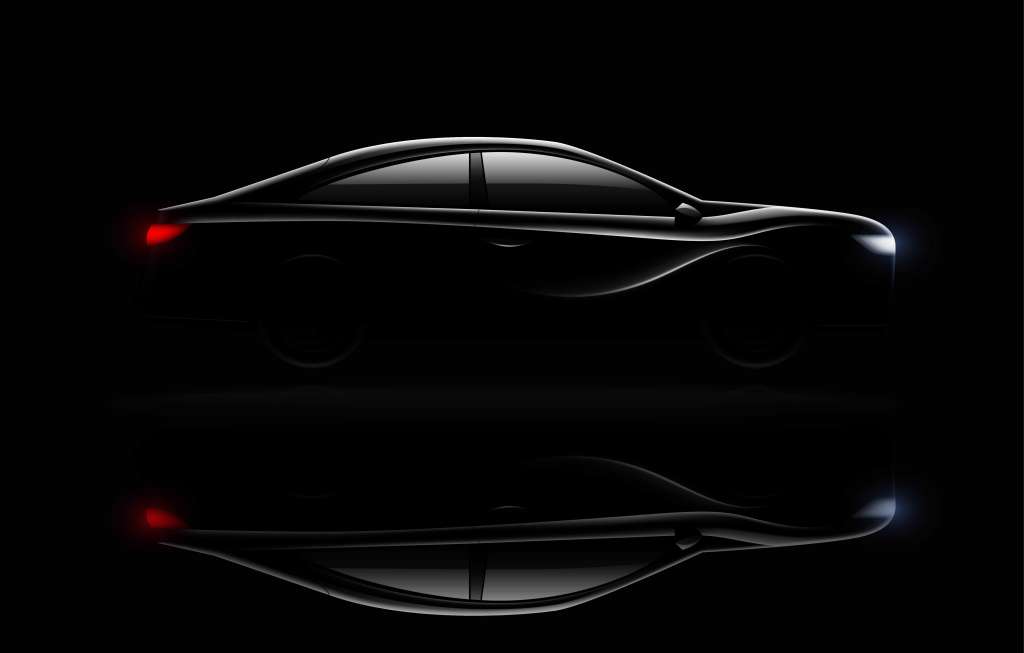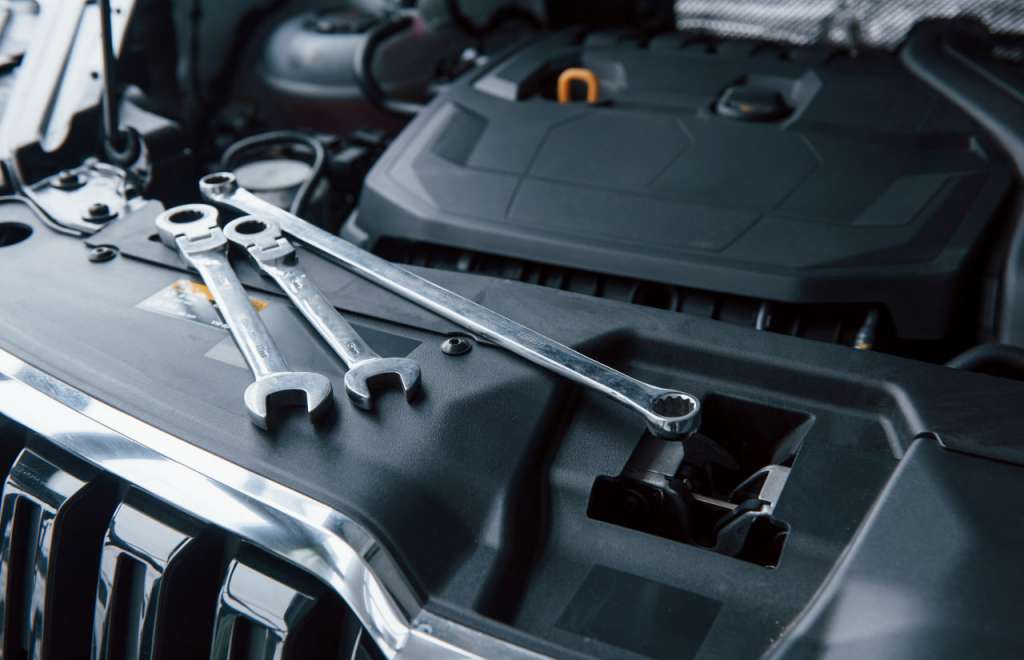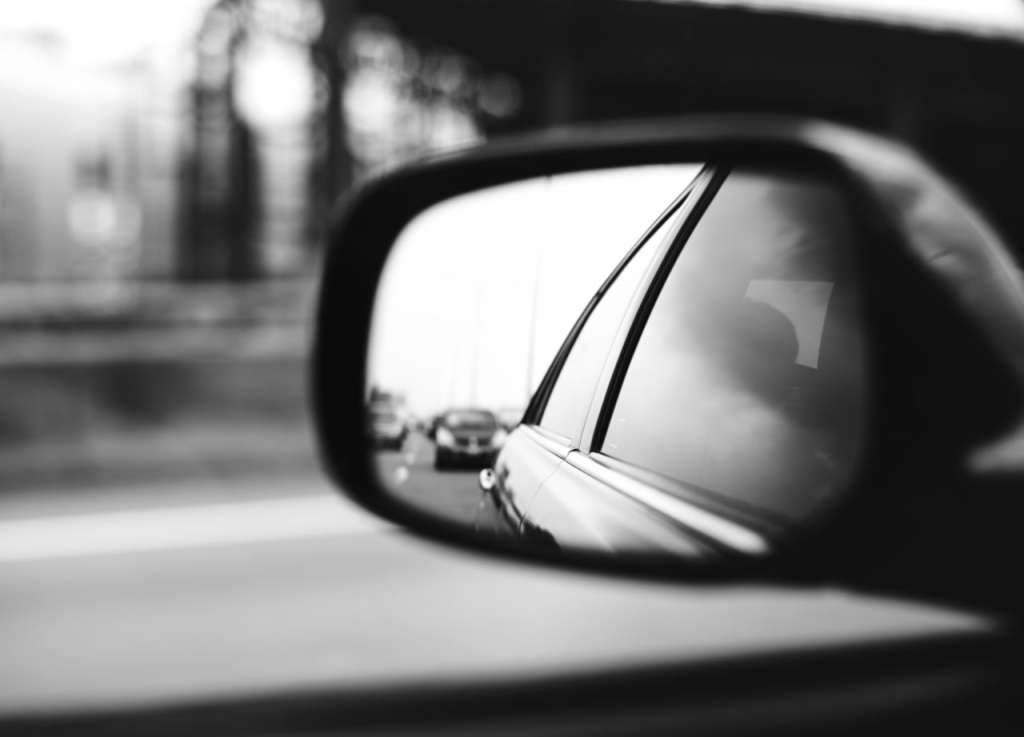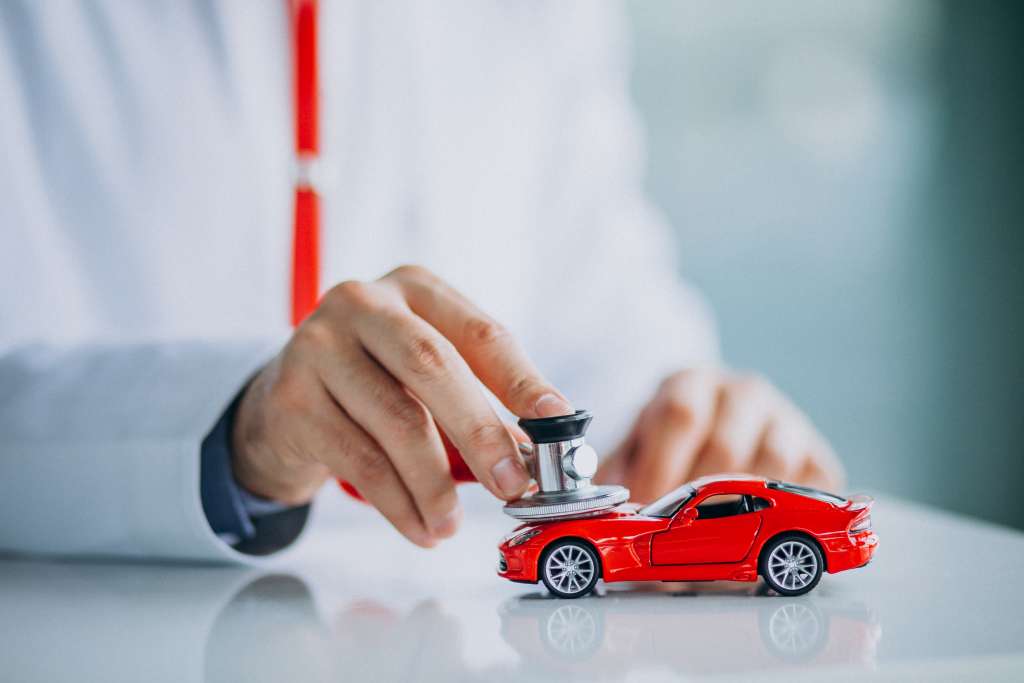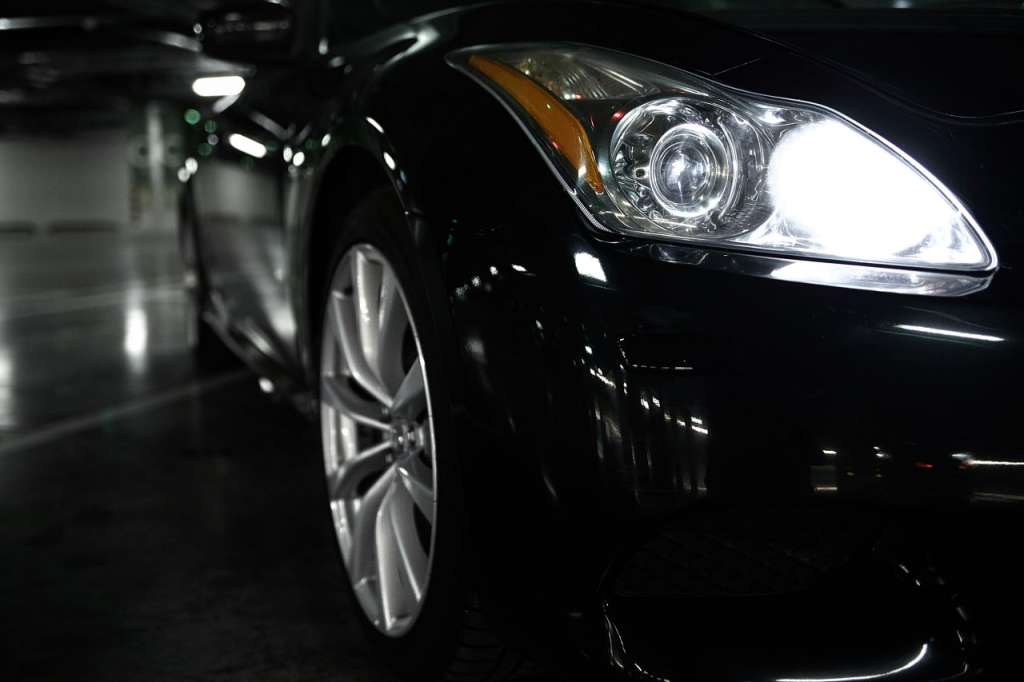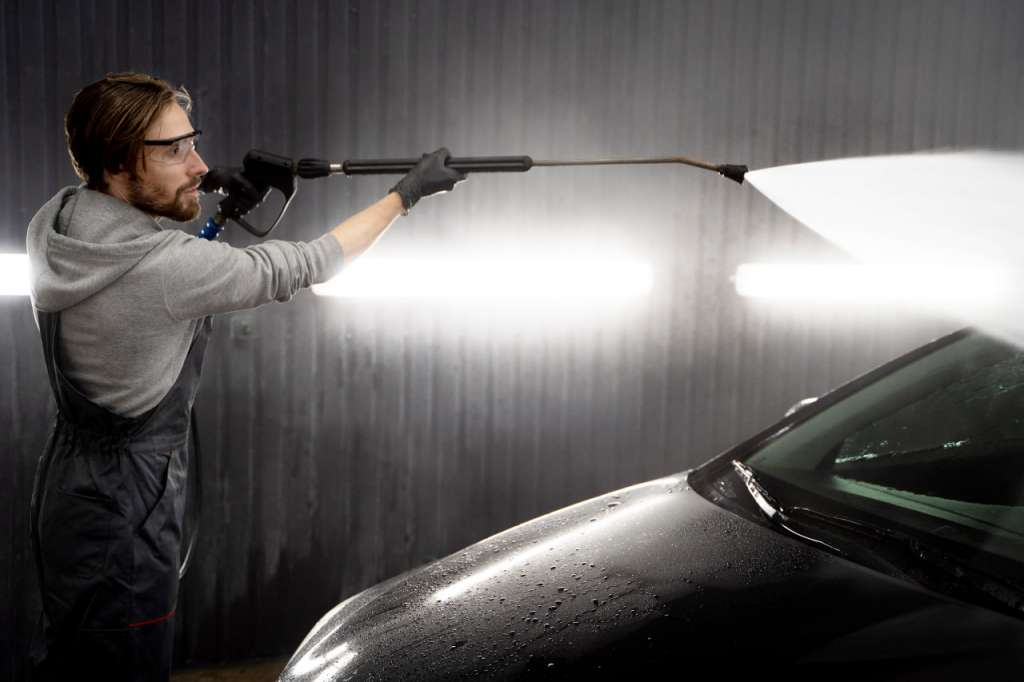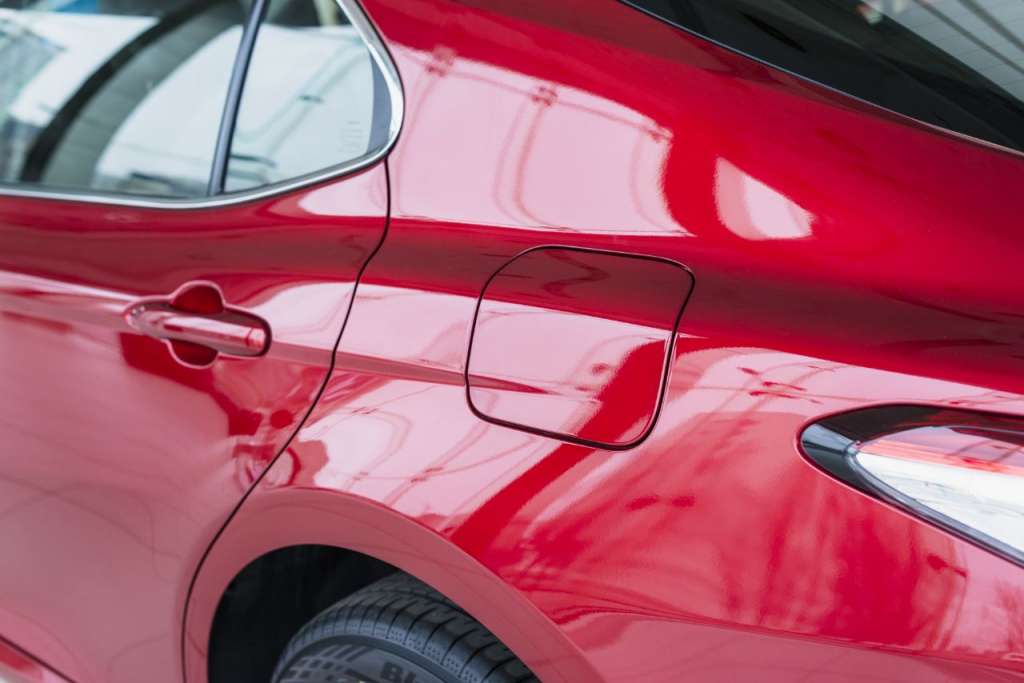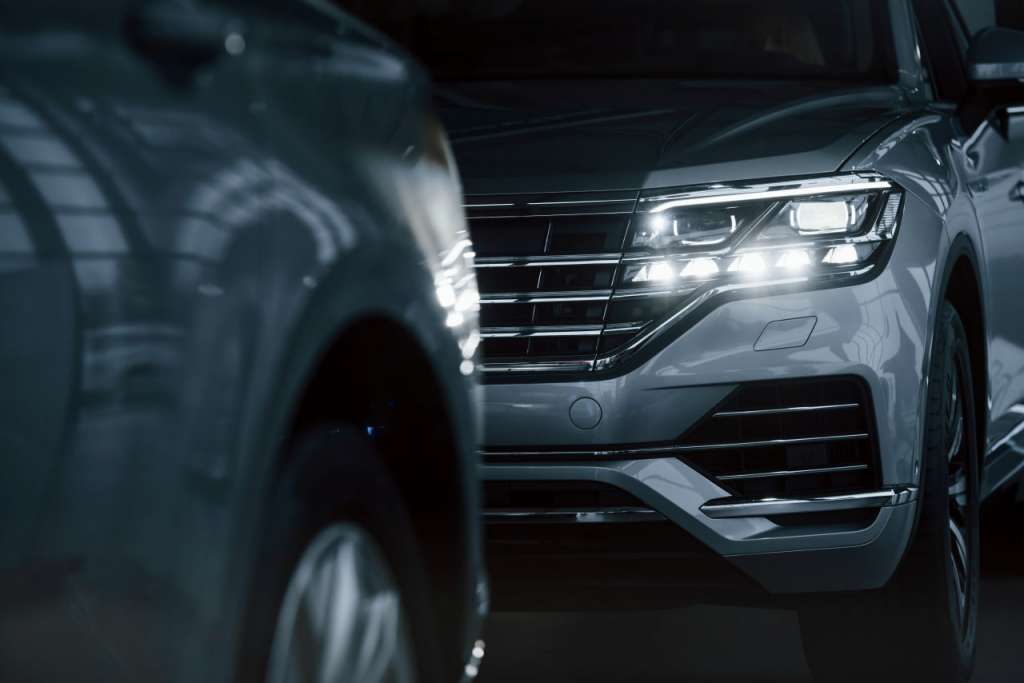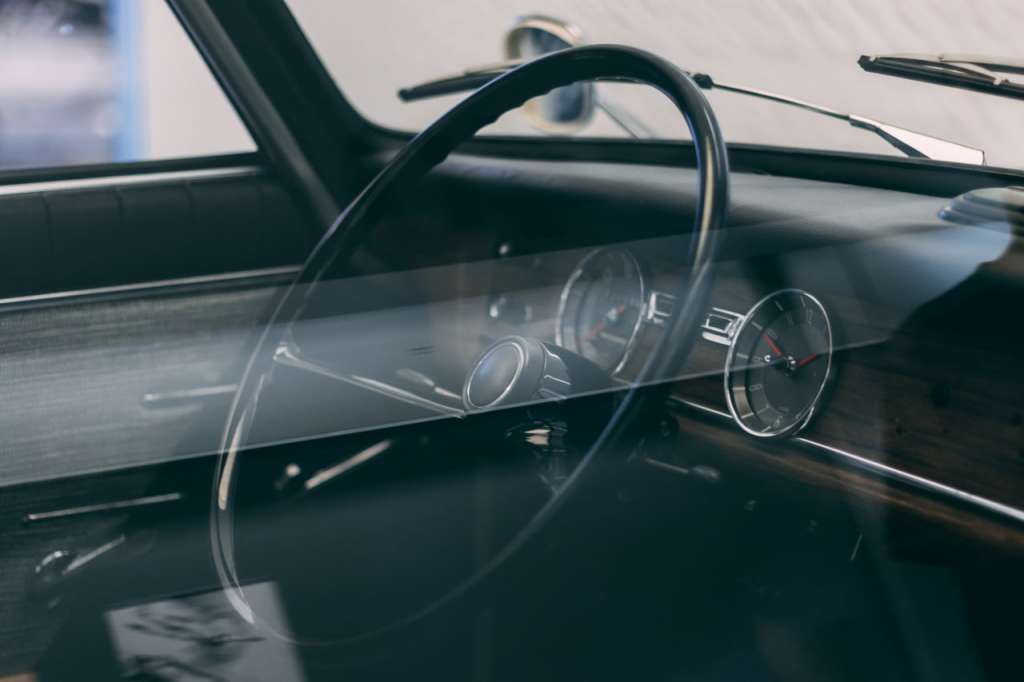Every car has its unique body geometry, which is the set of distances between specific control points outlined in the vehicle’s registration documents. Automakers precisely define the shapes and spaces between elements, ensuring the car is perfectly symmetrical around its central axis.
It’s recommended to check the body geometry of a car before purchasing it from the secondary market. Over time and through previous ownership, the vehicle may have been involved in road accidents, potentially causing deformation of components and altering the vehicle's performance characteristics.
Why Body Geometry is Important
The correct positioning of components and mechanisms (such as the chassis frame and mounts) attached to the car's body directly affects their functionality, as well as the safety of the driver and passengers. It determines the positioning of the wheelbase, driving comfort, and maneuverability.
Deviations from the manufacturer's specified distances between elements can manifest as:
-
Doors difficult to close, despite the hinges being in working condition;
-
The car drifting sideways or veering off path when hitting bumps;
-
Uneven tire wear;
-
Windshields that crack;
-
Vibrations felt while driving on smooth surfaces, accompanied by squeaks and rattles;
-
Windows that do not close fully;
-
Visible skewness of the car when parked on a flat road;
-
Rapid wear of suspension bushings on one side.
Apart from accidents, geometry issues may also arise from frequently driving on rough roads, moving at high speeds, or quickly overcoming road obstacles causing the wheels to lift off the ground. Over time, this can lead to a shift in body points.
A mismatch in intervals can sometimes lead to unpredictable consequences—even a minor collision can cause the steering wheel to lock, doors to jam, or displace the engine compartment.
Where to Check the Body Geometry of a Car?
There are several options:
-
DIY check;
-
Visit a service center;
-
Use an online service.
DIY Check
For a DIY check, you need to be observant. Start by closing the doors and hood sequentially. If they do not shut smoothly, there might be a geometry issue, possibly due to deformed pillars.
Next, inspect the windows. The presence of horizontal cracks also indicates a problem. Then, squat next to the car and look along its length. Any irregularities and gaps between adjoining surfaces should raise concerns.
Another method to check the car’s body geometry yourself involves simple tools like a tape measure. With it, measure the distance between the middle parts of the front and rear tire treads. Compare these measurements with the specifications in the manufacturer's technical passport. Any discrepancies confirm a mismatch between the current geometric parameters and the original specifications.
With a tape measure, you can also measure the wheelbase (the distance between the hub centers of the rear/front wheels), dimensions of the engine compartment, and the length of the trunk at several points. Check the width of the door openings at both hinges. If deviations greater than 2 mm are found, it is advisable to visit a service center for a more thorough diagnosis.
How can you check the geometry of a car while driving? Accelerate on a straight, flat road and let go of the steering wheel for 2-4 seconds. If the car pulls to one side, it may indicate body faults. For more accurate results, test the car at different speeds.
Visiting a Service Center
Service center professionals detect deformations in body elements using professional equipment. The car is partially disassembled and placed on a stand. Sensors are attached to control points, and their data is entered into a computer program that creates an ideal 3D model. Its parameters are compared with those obtained during the inspection. This method of checking body geometry takes time but provides highly accurate measurements.
Many official dealers use laser stands that do not require physical sensors; the check is performed strictly according to the manufacturer’s standards. The measurement error does not exceed 0.5%.
Measurements are also made at control points, which are technological holes in the body or stationary units. Additional precision can be achieved by measuring the mounting points of suspension parts.
During the distance measurement process, the car is placed on a flat surface. Joints, holes, and bolts serve as reference points. All measured parameters are compared with two control marks. Technicians measure distances on opposite sides and make diagonal measurements.
If there are obstacles between the control points, a scaling ruler is used. This telescopic tool has vertically adjustable indicators that help precisely determine the distance between control points on the body.
Important: The absence of detected deformations and violations does not mean there have been no accidents or problems with the car. It may have been expertly repaired but will not be as reliable as before the accident.
In such cases, it is better to use online services that provide information about accidents and the car's maintenance history. This solution saves money, as statistics show that about 75% of cars on the secondary market have been involved in road accidents.
How to Check the Body Geometry of a Car Using Online Services
To obtain information, you need to know the VIN or license plate number. After entering the data, the user receives a comprehensive report within minutes, including details on accidents and maintenance. If there was a severe accident, there is a high likelihood of geometry distortion.
The check might reveal that the car has been welded from separate parts or its structure significantly weakened. In such cases, there is a risk of the car breaking apart while in motion. Incorrect welding may lead to the failure of airbags to deploy or their accidental deployment. Both situations pose threats not only to health but to life.
In Ukraine, both domestic and international services are available to residents of all regions. The report is generated with just one click. Information can be obtained for most Canadian, American, and Asian cars.
Service Vincleaning knows how to check the geometry of a car’s body quickly with reliable information. After entering the full VIN number, data collection from dozens of databases begins, forming a user-friendly report.
There is an opportunity to compare the car's original specifications with the current ones, and if they do not match, identify the cause. Often, this is due to forced replacement of parts and components due to accidents or malfunctions. Service Vincleaning gathers information from official auto services about restorative work. Additionally, the company offers a “Car Reputation” service, which involves the partial or complete removal of unwanted data about the car.
Information about repairs tells a lot to a car owner. If a headlight or front wing was replaced, there is no need to worry - such damages do not affect the body geometry. Other damages directly indicate a significant discrepancy in the intervals between control points. Among them are damages to the windshield frame, roof, or hood. Most likely, the car flipped over after an accident, and its geometric parameters were significantly altered.
Correcting Geometry
Repairs are performed by bodywork specialists. The car needs to be disassembled to access the structural components. The shape is restored using a frame machine. Special hooks grab the technological holes. Through hydraulics, the structural elements are shifted in the required direction.
A special program controls the accuracy of the intervals between points and the force applied, completely eliminating errors due to human factors. Due to metal fatigue, which leads to changes in its structure at the molecular level, even the use of a frame machine does not guarantee the body's full restoration.



